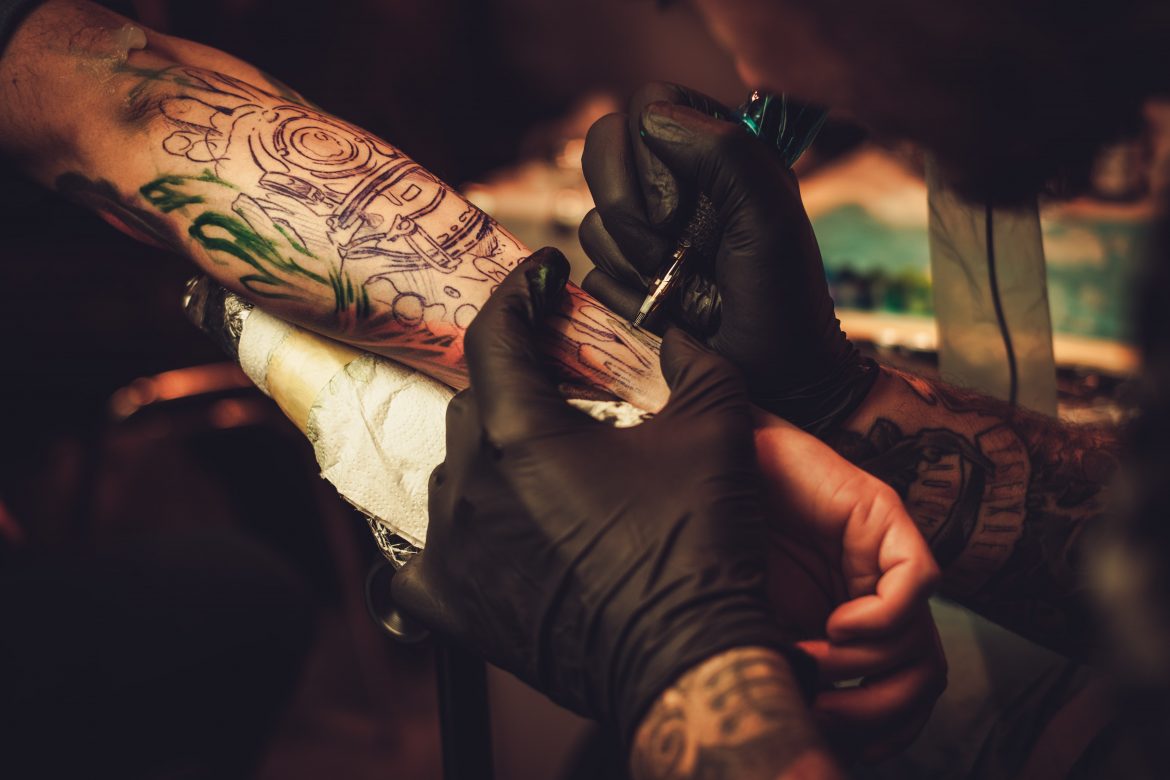Like fine art, tattooing is a form of expression that requires mastery and technical skill, as well as cultural relevance. Many artists who do tattooing also work as illustrators, photographers, sculptors, or musicians. But even though these disciplines differ in terms of skill and style, all these artists share the same goals: to create original artwork that conveys a message and inspires a reaction from viewers.
The origins of the modern tattoo can be traced back to Polynesian cultures, where people wore markings that represented their community, status, and respect for the land they lived on. These markings were often so elaborate and detailed that they covered most of a person’s body.
In the 17th century, Captain James Cook sailed to Tahiti and encountered a culture where tattooing was used as a way of life. The chief Omai, who was heavily tattooed, made an impression on Cook and eventually spread the tradition throughout Europe.
When tattooing was introduced to the west, it quickly gained popularity as a way of expressing one’s individuality and personality. It was a particularly popular choice among sailors and coal-miners, both professions that required risky work.
Ancient civilizations around the world also adorned themselves with tattoos, and they often reflected their ethnicity or religion. For example, the Aborigines of Australia marked themselves with a variety of animals and abstract designs that reflected their unique culture and history.
During the 19th century, western tattooing was influenced by the tattooing traditions of Japan and Polynesia. These cultures had long practiced elaborate geometric tattoos, which can be seen as a form of symbolism and akin to religious talismans or amulets.
These tattoos were often worn on the torso, hands, and fingers. But they can also be found on the shins and feet, as well as on the head.
Today, tattooing is a common form of self-expression and has become an artform in its own right. The art of tattooing can be seen across the globe, in countries as diverse as China, Russia, India, and the United States.
Artists and renowned museum curators agree that the answer to whether a tattoo is art depends on the intended meaning of the tattoo and the intention of the recipient. But regardless of the definition, the art is still an expression that reflects the creativity and passion of the tattooist.
Tattoos are now widely embraced as art, and the popularity of these pieces has risen as tattoo artists become increasingly respected in the art world. The tattoo is also a powerful symbol that is often used to mark a special occasion or to honor a loved one.
The question of whether a tattoo is art can be a hotly debated issue, but it is an important one. Tattoos are considered art when the artist and the receiver agree that it is an expression of their individuality and personality.
While many tattoos are a form of self-expression, some are more serious and have the potential to be a permanent piece of art. The best way to ensure that your tattoo will be a work of art is to choose a reputable and talented tattoo artist. You should also take time to research your artist and gather references before you meet for an initial consultation.




